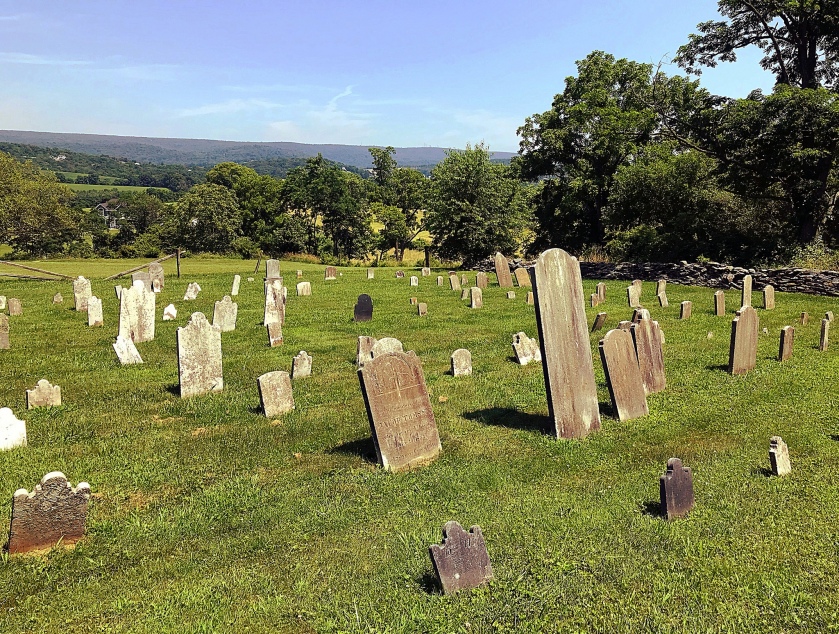
When James Hard died on 12 March, 1953, in Rochester, New York, the final firsthand battle memories from U.S. Civil War were forever lost. Hard was the last verified soldier on either side of the conflict who actively fought—in his case, as a teenaged infantryman in the 37th New York Volunteer Infantry Regiment—at First Bull Run, Antietam, Chancellorsville, and Fredericksburg.
There were others still alive, however, such as John Caleb Leatherman, who were children and teens during the war years. In Maryland’s Frederick and Washington Counties, and just across the Potomac in West Virginia’s Shepherdstown, these elders possessed indelible memories of South Mountain, Antietam, or Monocacy lain down through civilian, juvenile lenses.

One example was Jacob E. Eavey. On 15 August, 1948, he died in the Guildford Nursing Home in Boonsboro at age 97 after a professional life spent running a grocery shop at 29 North Main Street, Keedysville. Eavey was the son of Samuel Eavey (1828-1911) and Catherine Ecker (1828-1868) and was born in Porterstown on 21 October, 1850. He would marry Clementine Eugenia Keedy (1850-1929) and father five daughters and one son.
Like John Leatherman, Eavey kept vivid memories of 16 September, 1862. Whilst John spent the 16th in Middletown, helping his mother nurse wounded soldiers from the previous day’s fighting, 12-year-old Jacob spent it “sitting on a fence beside the road, watching the soldiers striding down South Mountain” on their way to meet their individual destinies at the Battle of Antietam, reported the Hagerstown Daily Herald of 16 August, 1948. When fighting kicked off at Sharpsburg on the 17th, Eavey stood near his parent’s smokehouse in Porterstown, just to the east of Sharpsburg, as a Rebel shell tore through and wrecked the building but spared his life.
Continue reading “Indelible Memories: Mid-Maryland Children and the Civil War”



